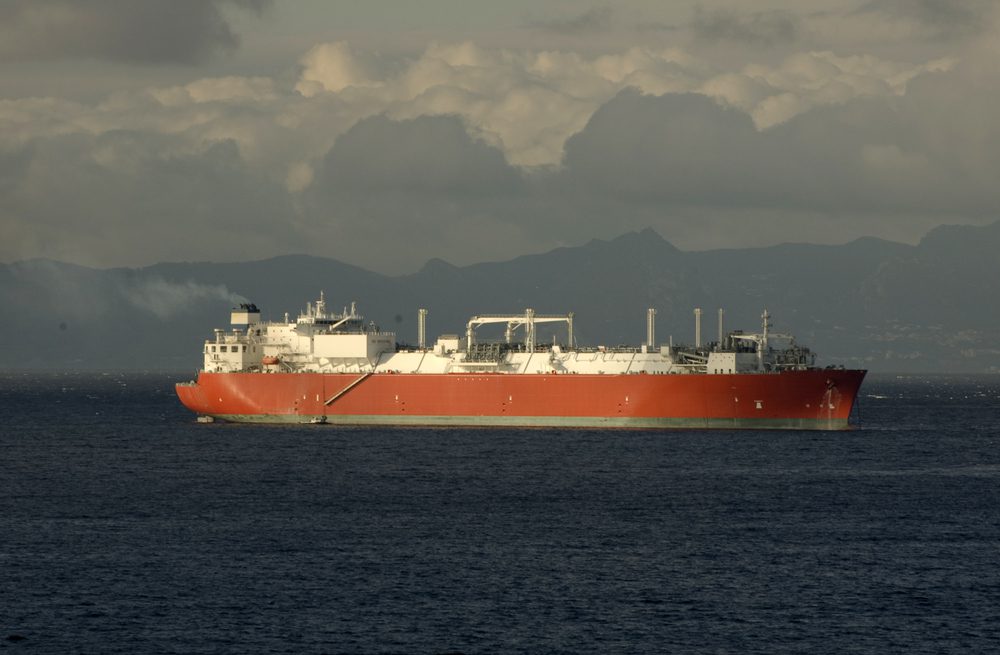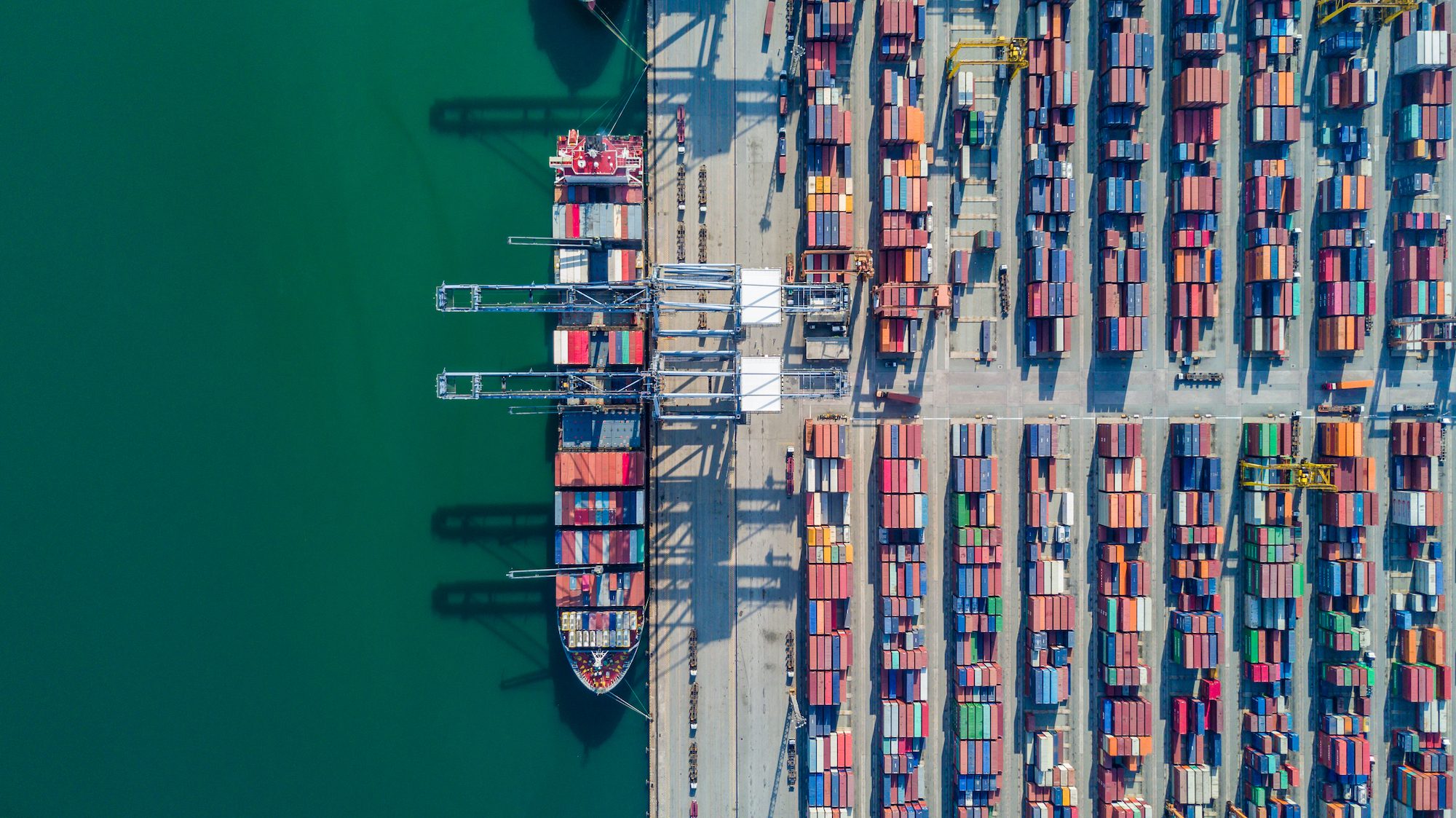(Bloomberg) —
Tankers carrying Russian crude are continuing to sail through the Red Sea, despite becoming embroiled in the attacks on merchant shipping by Yemen’s Houthi rebels.
Since early November, Iran-backed Houthis have been attacking ships in the Red Sea and Gulf of Aden, with tensions intensifying on Friday when the US and UK responded by bombing targets inside Yemen.
While the number of oil tankers transiting the Bab el-Mandeb at the southern end of the Red Sea has dropped dramatically over the past month, the number of Russia-linked ships has fallen much less sharply than others.
No tankers carrying Russian crude have yet diverted to avoid the southern Red Sea, according to tanker tracking data monitored by Bloomberg. That’s true of both ships owned by state-controlled Sovcomflot PJSC and vessels that make up the shadow fleet, built up to help Moscow evade Western restrictions on its oil shipments.
Huge numbers of merchant ships have continued to navigate the southern Red Sea since warnings by western navies to stay away from the crucial trade route. Nevertheless, the only two oil tankers reported to have been the victims of Houthi attacks were carrying Russian crude.
On Friday, a Houthi missile landed 400 to 500 meters away from a vessel carrying Russian oil, which was also followed by three small boats, according to the British navy. The vessel was likely the Khalissa, carrying oil from the Russian port of Ust-Luga, said Ambrey Analytics, which provides intelligence to merchant ships.
Still, the missile used in that Houthi attack landed closer to a US-owned bulk carrier, according to security expert Dirk Siebels.
On Dec. 23, another tanker transporting Russian oil, the Sai Baba, was hit by a drone but not damaged, according to Ambrey Analytics. However, the vessel is now signaling its status as “in casualty or repairing,” despite continuing its voyage to India’s east coast.
Russia’s Foreign Minister Sergei Lavrov “strongly condemned” the US-led strikes on Houthi targets.
While rerouting oil supplies via the Cape of Good Hope would be safer, it would reduce the already-squeezed profit margins on Russia’s crude exports.
The Houthi militia initially said it was only targeting vessels with Israeli ownership links or heading to Israel, but global shipping companies say they’ve come under indiscriminate attack. The rebel group has said that all US and UK interests are now “legitimate targets,” after the strikes on Yemen.
As of late 2023, about 1.7 million barrels a day of Russian crude, or just under a half of the nation’s total seaborne exports, passed through the Red Sea, according to Bloomberg ship-tracking data. Russia has been using the Suez Canal to ship discounted oil to India, becoming the South Asian nation’s largest supplier since Europe cut off most purchases following the invasion of Ukraine.
Though there have been no clear signs of rerouting, one Greek-owned ship hauling refined products from Russia has been waiting at the north end of the Suez canal since Saturday. Other ships hauling Russian oil have joined it over the weekend, but delays to enter the Suez Canal are not unusual and it’s still too early to say if the hold-ups are part of an operational shift.
On Monday, seven vessels carrying a total of more than 5 million barrels of Russian crude entered the Red Sea from the Suez Canal, according to tanker tracking data, joining at least three more already heading south toward the Bab el-Mandeb. Two more tankers with combined 1.7 million barrels of Urals are ready to enter the export route.
Of the 10 tankers full of crude that passed south through the Bab el-Mandeb on Monday, eight were hauling Russian oil.
© 2024 Bloomberg L.P.

 Join The Club
Join The Club










